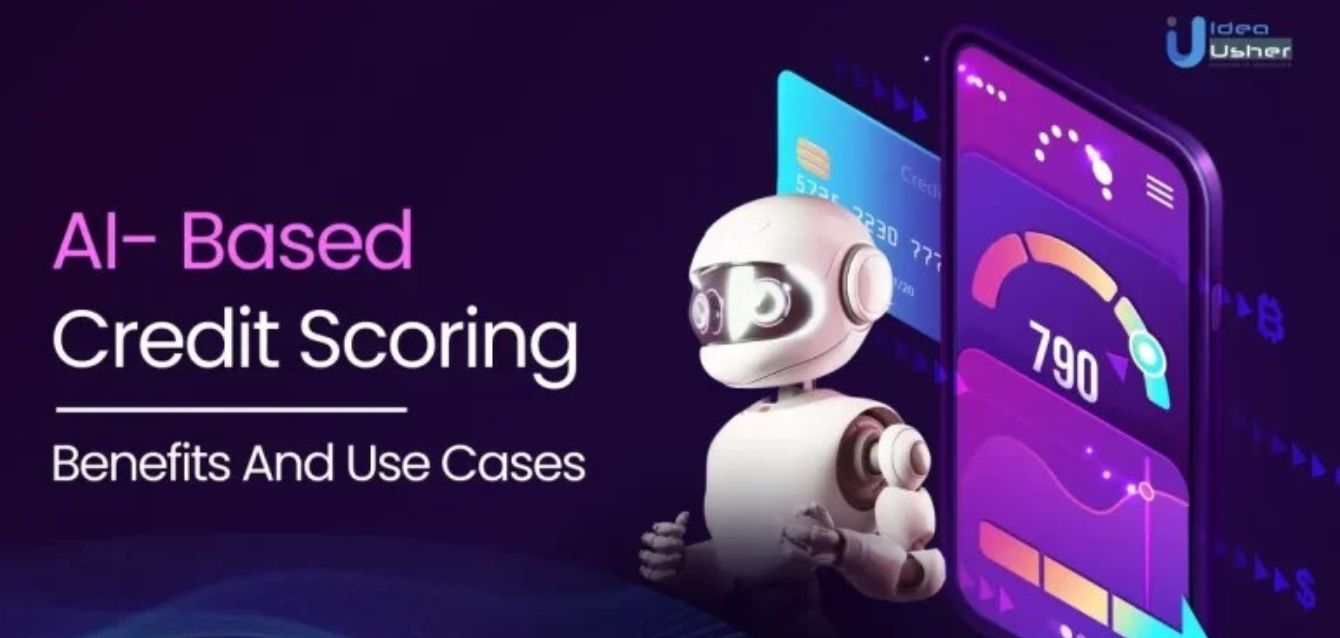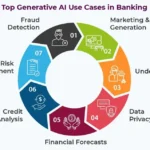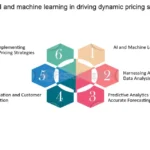Generative AI and traditional AI techniques can be combined in powerful ways to enhance credit scoring models. Here are some approaches to augment generative AI with traditional AI for credit scoring.
Hybrid Models:Traditional machine learning models like logistic regression, decision trees, or gradient boosting can be used in conjunction with generative AI models like transformer-based language models or diffusion models. The traditional models can handle structured data like credit history, income, and employment details, while the generative AI models can process unstructured data like social media posts, text descriptions, or open-ended survey responses.
Data Augmentation:Generative AI models can be used to create synthetic data to augment the existing training data for traditional credit scoring models. This can be particularly useful when dealing with imbalanced datasets or scenarios where certain types of data are scarce. Techniques like text generation, image synthesis, or tabular data generation can be employed to create realistic synthetic samples.
Feature Engineering:Generative AI models can be leveraged for automated feature engineering, which is a crucial step in traditional machine learning pipelines. These models can extract meaningful features from unstructured data sources, such as text descriptions or images, and provide them as input to traditional credit scoring models.
Explainable AI:While generative AI models can be complex and opaque, traditional machine learning techniques like decision trees, rule-based systems, or linear models can be used to interpret and explain the decisions made by generative AI models. This approach, known as explainable AI (XAI), can help lenders understand the reasoning behind credit decisions and ensure compliance with fair lending regulations.
Ensemble Methods:Generative AI models and traditional machine learning models can be combined using ensemble techniques like stacking, bagging, or boosting. This approach can leverage the strengths of both types of models, potentially improving the overall accuracy and robustness of the credit scoring system.
Transfer Learning:Pre-trained generative AI models, like those used for natural language processing or computer vision tasks, can be fine-tuned on credit scoring data. This transfer learning approach can leverage the knowledge learned by the generative AI model on large datasets and adapt it to the specific credit scoring task, potentially improving performance and reducing the need for extensive training data.
By combining the power of generative AI and traditional AI techniques, lenders can develop more sophisticated and accurate credit scoring models that can handle diverse data sources, adapt to changing conditions, and provide transparent and explainable decisions.







